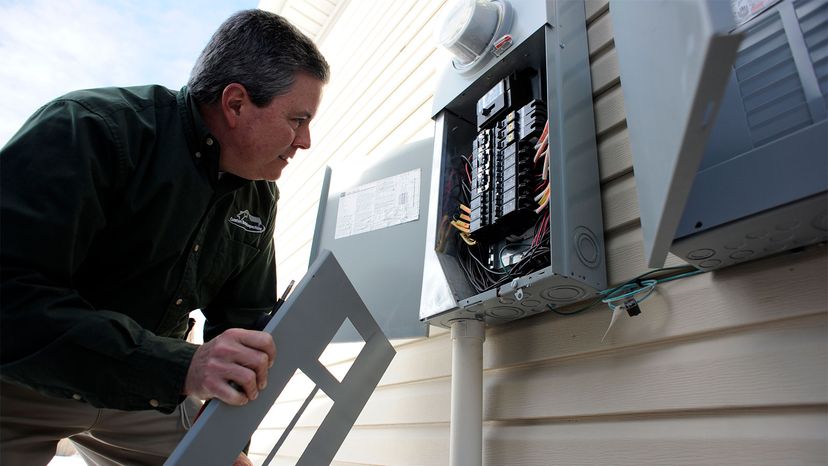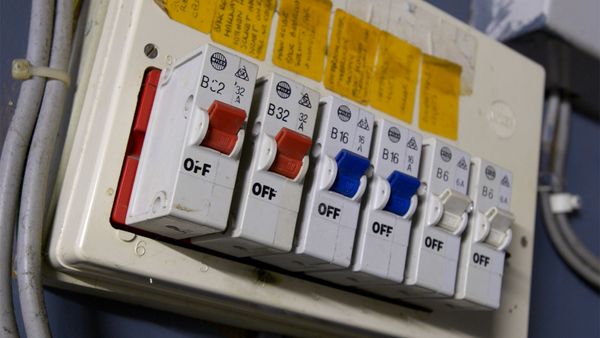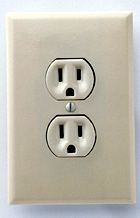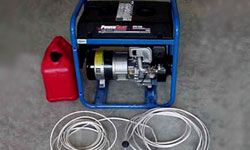Before we dive into a step-by-step how-to process, we should probably identify the different types of circuit breakers. Each type is designed to serve specific functions and safety needs.
Standard Circuit Breaker
The most common type is the standard circuit breaker, which safeguards against overloads and short circuits by automatically cutting off the electrical flow when excessive current is detected.
Ground Fault Circuit Interrupters
GFCIs are another vital type, predominantly used in areas prone to moisture, like bathrooms and kitchens. These breakers are designed to protect against electric shock by shutting off the circuit when a difference is detected between the incoming and outgoing current, indicating a potential leakage to the ground.
Arc Fault Circuit Interrupters
AFCIs are designed to prevent electrical fires by detecting and interrupting arcing faults, an unintentional electrical discharge that can occur in damaged or deteriorated wires and connections. For higher capacity needs, such as in commercial settings or industrial machinery, there are double-pole breakers that control circuits with higher amperage.
Finally, there are specialized types like the high-voltage circuit breakers used in power grids and thermal magnetic circuit breakers, but these types are mostly reserved for industrial settings.



